How do you choose colors for your quilts? In this five-part article series, quilter and writer Carole Fure analyzes the many factors that play in quilt color selection and offers practical tips for ensuring your quilts are well-balanced and appealing to the eye.

Analogous color schemes are one of the most attractive color schemes available to us. The dictionary defines analogous as “partial resemblance.” Colors around the color wheel partially resemble each other as they contain some of the color of their neighbors.
Let’s go around the color wheel
and see how the colors resemble each other. Yellow is a primary color which means it does not contain any other color. This is also true of red and blue. They are the neighborhood anchors. All other colors on the color wheel contain varying amounts of one or two of these primary colors. Green, violet, and orange are secondary colors. Green is a mixture of yellow and blue. Violet is a mixture of blue and red. Orange is a mixture of yellow and red. Between the secondary colors are the tertiary colors, which are mixtures of the colors their name implies; Yellow/green, blue/green, blue/violet, red/violet, red/orange, and yellow/orange.
Whenever colors contain remnants of another color, those colors will play well together. A rule of thumb is to use three to five adjacent colors on the color wheel. Using three puts the primary or secondary color as the middle anchor. Using five adjacent colors place the primary or secondary colors on each end as anchors. Contrast is achieved naturally with the color closest to yellow serving as the light and the color closest to violet serving as the dark. Contrast can also be achieved by following the sequence of harmony
discussed in Part 2 of the series.
Here is a color wheel made of fabric scraps that shows the relationship of one color to another. Yellow, blue, and red are the primary colors. Green, violet, and orange are secondary colors (or mixtures of the primary colors). Yellow/green, blue/green, blue/violet, red/violet, red/orange, and yellow/orange are tertiary colors, or mixtures of the colors their names imply.
This quilt, called “Beauty of the Nile Variation,” uses an analogous tint, tone, and shade color scheme of green, yellow/green, yellow, yellow/orange, and dark orange.
Here is a close-up of the fabrics used in the “Beauty of the Nile Variation.” Note the smooth sequence of harmony – tint, tone, and shade.
“Loosely Woven II” uses hand-dyed fabrics for an analogous sequence of violet, red-violet, red, red-orange, and orange. The color sequence uses all pure colors and is an example of a common color scheme.
This “Swing in the Center” medallion quilt uses an analogous sequence of yellow, yellow/green, green, blue/green, and blue. The color sequence is toned/tint, tones, and shade.
Lesson: How often can it be said? Practice, practice, and practice some more. Practice recognizing these qualities a little at a time, and over time you will become confident and adept at choosing colors for your quilts.
• Identify quilts which use an analogous color scheme.
• Identify the color sequence.
• Suggestion: Using your 2-inch practice squares, lay out an analogous color scheme using a smooth sequence of harmony or common color scheme.
More in this Series:
Quilting Color Principles Part 1: Contrast and Blending
Quilting Color Principles Part 2: Tint, Tone, and Shade
Quilting Color Principles Part 3: Common Color Schemes
Quilting Color Principles Part 5: Complementary Color Schemes
Get in touch! Leave a comment or email editor@nationalquilterscircle.com.

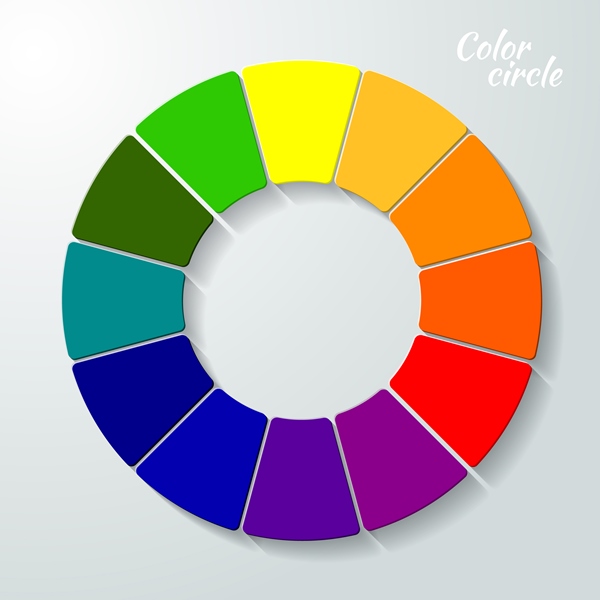

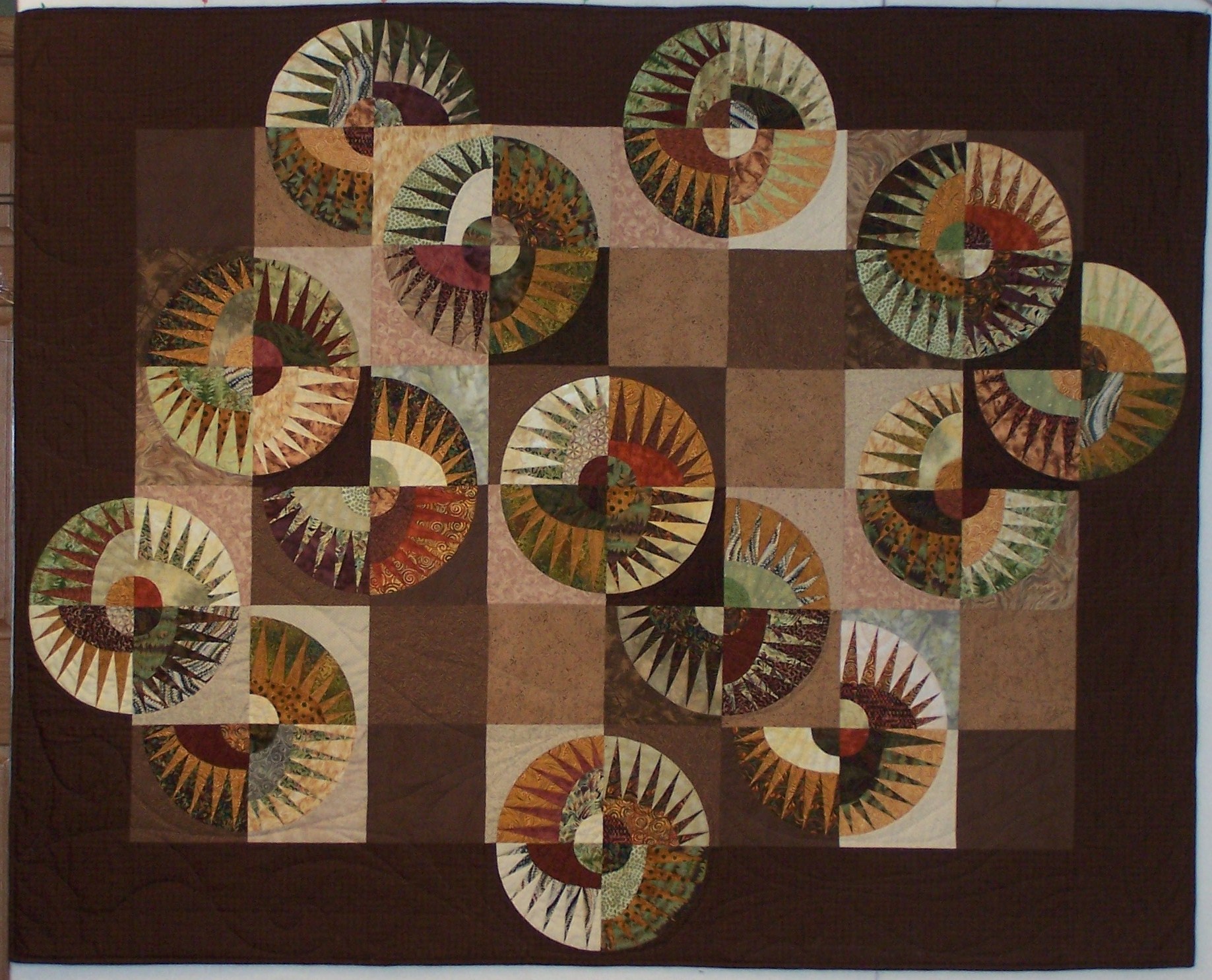
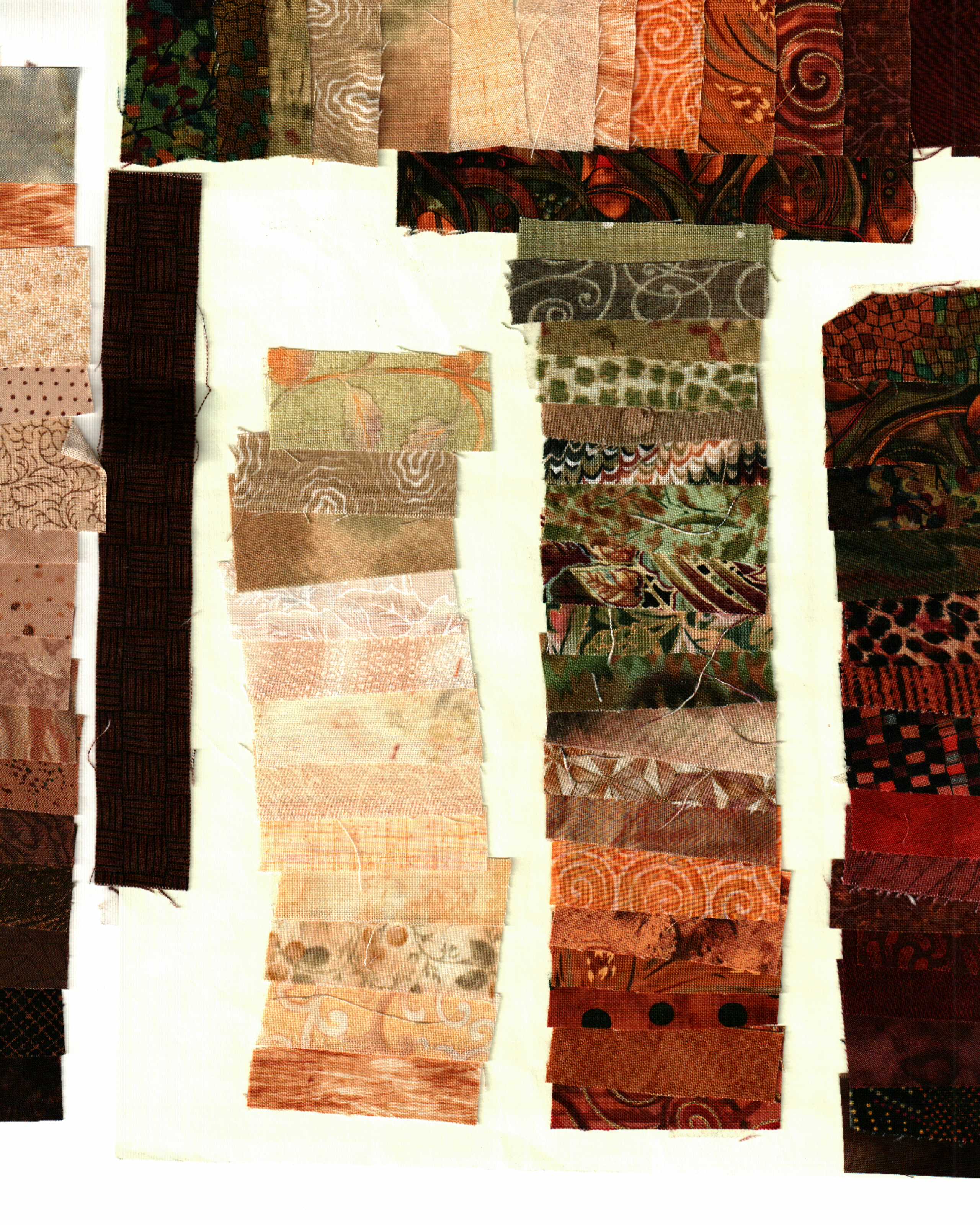
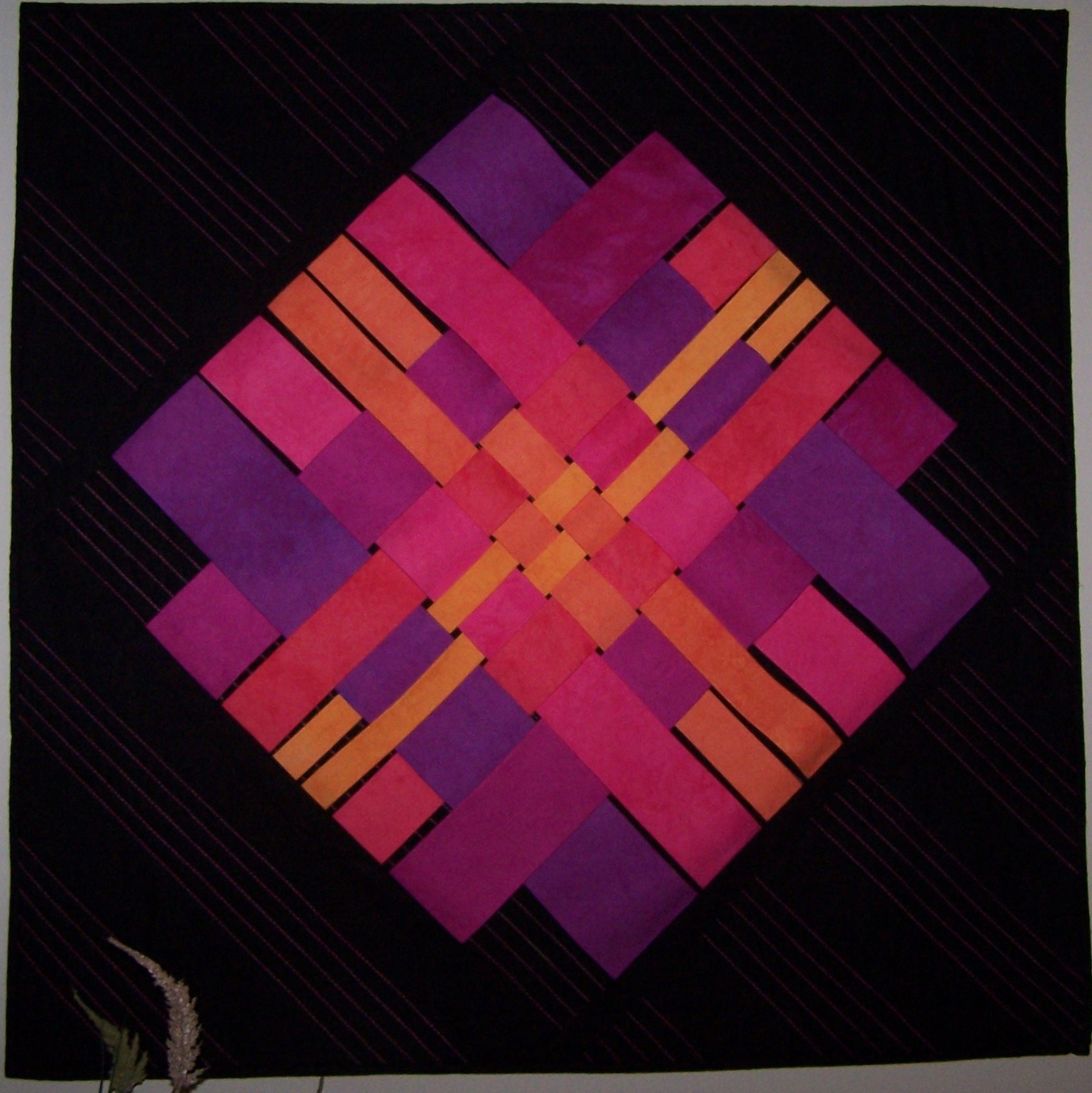
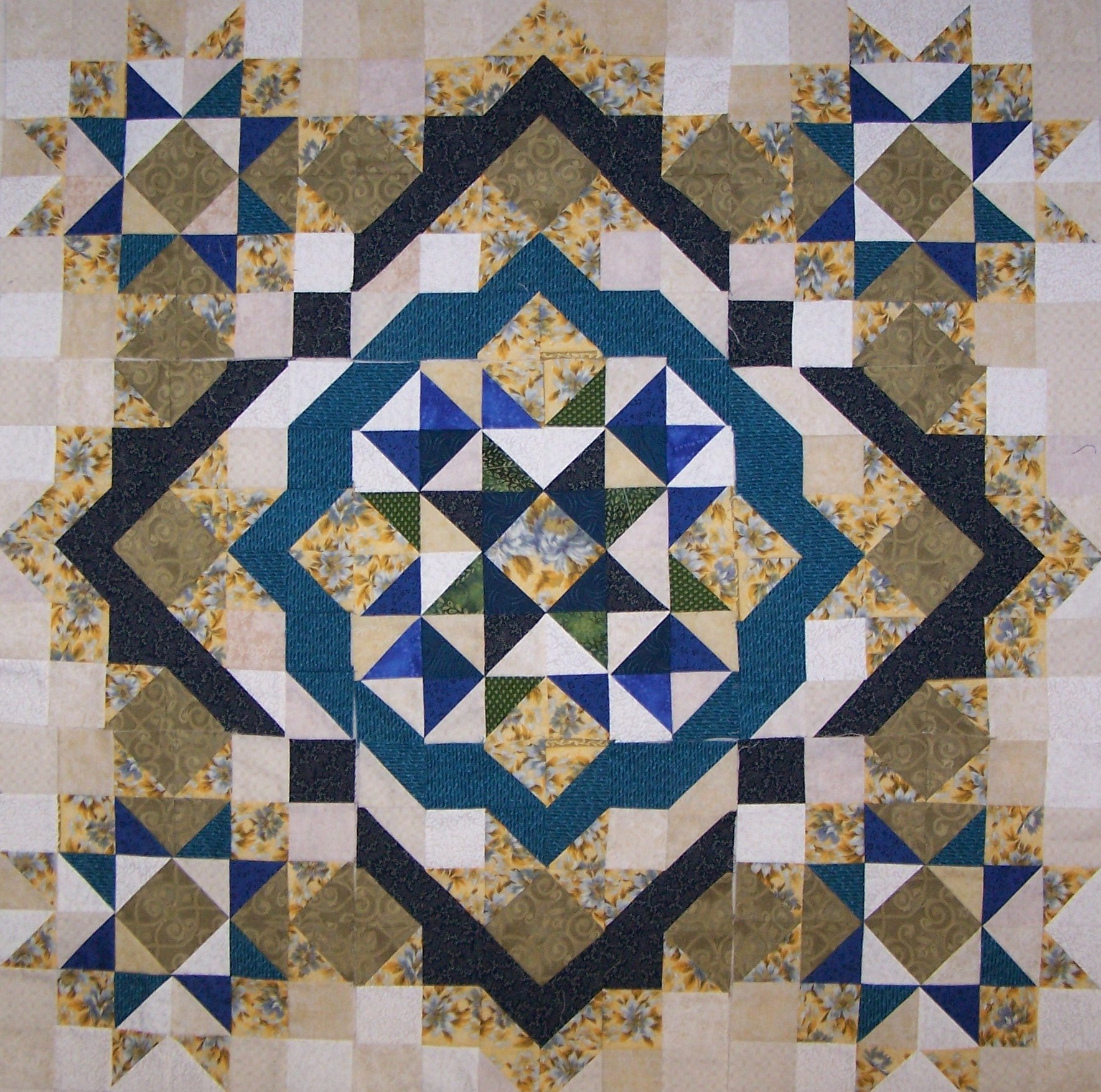
I love the quilt swing in the center used in the Color tutorial. Is that available as a kit?
I'm still waiting for help with the 3D tulip blog I've tried to do this block but nothing works out SOMEONE. HELPPPP PLEASE
I have been trying to do the 3D tulip block and as I am a real novice at quilting so I asked a friend who is a quilter and she could no do it Could someone help there are no measurements could this be the problem I give up Help
Useful tips.
Absolutely fascinating series. Is this published as a book? I would like to have this info close at hand.
I am computer literate but have found it impossible to log in to the NQC website home.